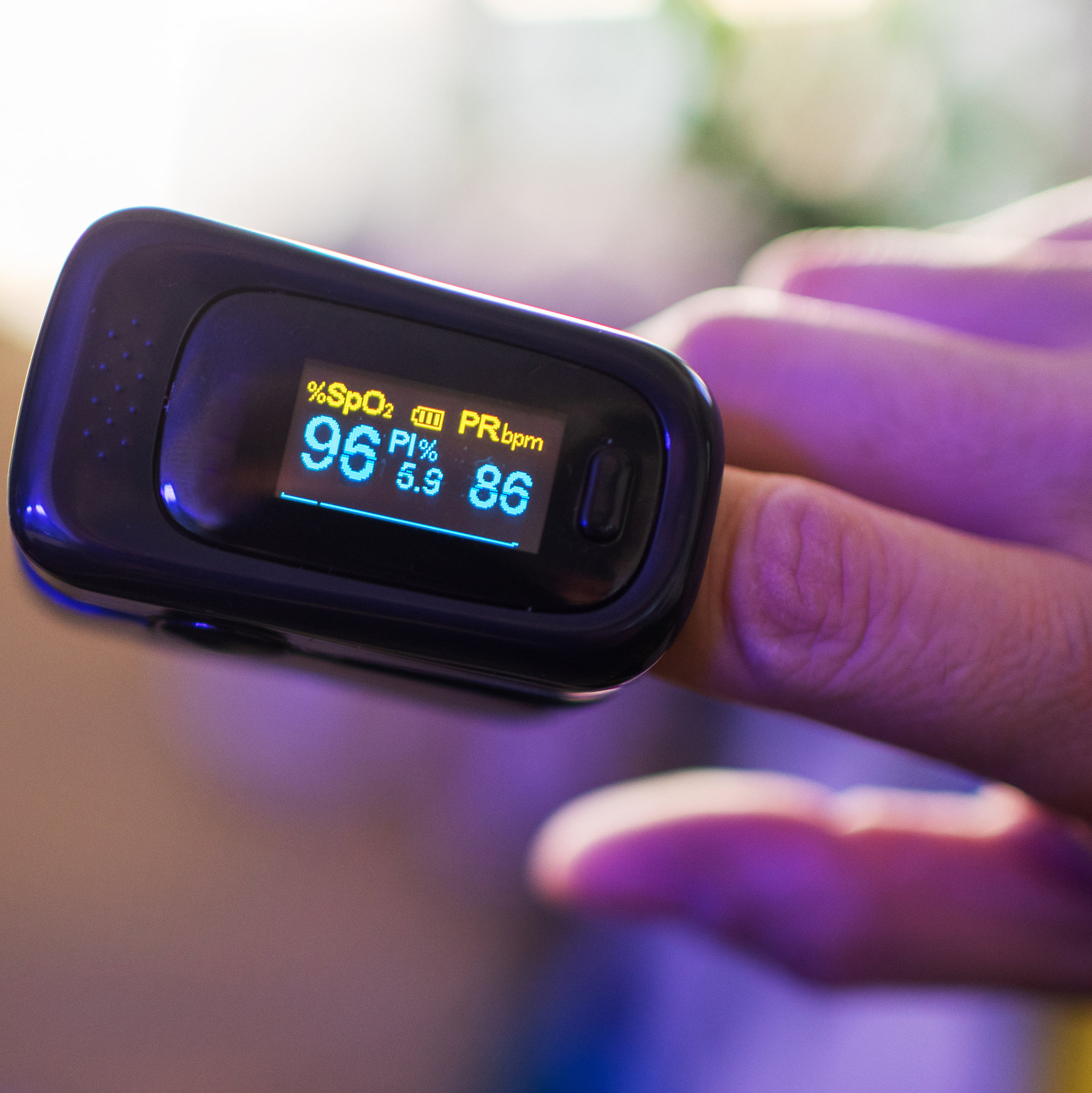Our bodies require a certain amount of oxygen levels to function correctly and efficiently. If this oxygen level gets too low, it can lead to severe complications or even death. Oxygen is essential to human life, just like CO2 is essential to plant life. The pandemic has taught us how low oxygen levels can be fatal and how necessary it is for our bodies.
The amount of oxygen in our blood is known as the blood oxygen level or simply the Normal Oxygen Level.
What is a Low Oxygen level or Hypoxemia?
Oxygen is that fuel to our body that keeps us alive and going. It enters our body through our mouth or nose as we inhale and passes through the lungs into our bloodstream. Every single cell of our body needs oxygen to create energy, and this energy is required to fulfil various body processes such as thinking, breathing and digestion. The cells produce CO2, which we breathe out through our nose and mouth and help plants live.
A Normal Oxygen Level is about 95% or higher, which can be measured on an oximeter which gives the SPO2 reading. If you want more about oxygen levels, kindly sign up on AskApollo.
What does a Normal Oxygen Level indicate?
When this normal oxygen level gets disturbed, it leads to low oxygen levels called Hypoxemia and can lead to dangerous conditions and even damage our organs, such as the heart and brain.
Low oxygen levels indicate that there is something wrong with the circulatory system.
The normal oxygen levels for adults and children are 95-100%.
Anything below these levels is considered abnormal. It is important to remember that if the SpO2 drops below 85%, it can affect the brain. Bluish discolouration may occur when SpO2 falls below 67%.
Blood oxygen levels range for different age groups
- Normal oxygen level: 95-100% for both adults and children
- Abnormal oxygen level: 80–85%; brain might get affected
- Below 67%: bluish discolouration of the skin
Symptoms of Low Oxygen Levels
Low oxygen levels in the body are called Hypoxemia. The symptoms of low oxygen levels are
- Coughing
- Rapid breathing
- Shortness of Breath
- Slow heart rate
- Wheezing and headache
- Change in skin colour from blue to cherry red
- Blue skin, fingernails and lips
- Confusion and disorientation
Causes of Low Oxygen Levels
Oxygen levels can vary based on a person’s underlying health condition. Different conditions can cause low oxygen levels, including
- Severe asthma attack
Asthma attack symptoms should not be ignored; we must pay heed to the warning signs and act quickly.
- Chronic obstructive pulmonary disease, including chronic bronchitis and emphysema.
- A high-grade pneumonia
- Covid 19
- Pulmonary edema, which means fluid is filled in the lungs
- Pulmonary embolism, which is blood clots in the lungs
- Pneumothorax which means collapsed lungs
- Pulmonary fibrosis; is the condition of damaged and scarred lungs
- Cardiovascular diseases
- Obesity-hypoventilation syndrome
- At high altitudes
- Pulmonary hypertension
Diagnosis of Low Oxygen Levels
A physical examination is done to diagnose low levels of oxygen. The healthcare provider examines and listens to our hearts and lungs and sees if the lips, fingernails or skin have any discolouration. The tests used to diagnose low oxygen levels are
-
Pulmonary (lung) test or the six-minute walk test
This allows us to check out oxygen levels while exerting ourselves. We’re required to walk on any surface for six minutes, which helps evaluate lung and heart function.
-
Pulse oximetry
It is a sensor that we have to slip into our index finger and measure the amount of oxygen in the blood. Pulse oximetry is non-invasive and painless
-
ABG, Arterial blood gas test
This is similar to a blood test, where a blood sample is taken from our wrist, groin or arm.
It is to measure the oxygen level in the blood.
Treatment for Low Oxygen Levels
Hypoxia or low oxygen levels are a medical emergency and should not be taken lightly. Treatment for low oxygen levels involves oxygen availability on the hospital premises. The various treatment options for low oxygen levels are
- For severe cases
Mechanical ventilation
Providing oxygen in a hyperbaric chamber
- In typical cases, oxygen is usually administered through a mask that covers the mouth and nose or a nasal cannula.
- To reduce inflammation, steroids may also be administered.
- To help us breathe, asthma inhalers or medications may be used
- If there is an underlying condition, antibiotics may be given.
Conclusion
Depending on what underlying condition we might have, treatment or medication can help increase or get oxygen levels back to the normal range. It is important to look at the symptoms and rush to a healthcare provider before it gets any worse. Oxygen is essential for our survival; without it, we’re nothing but a dead body. So, make sure not to ignore any signs or symptoms and visit the healthcare provider when required.








